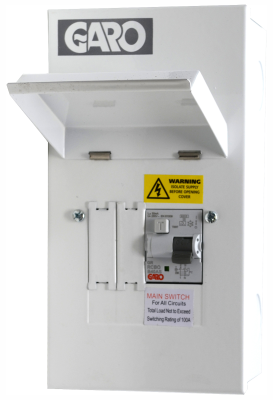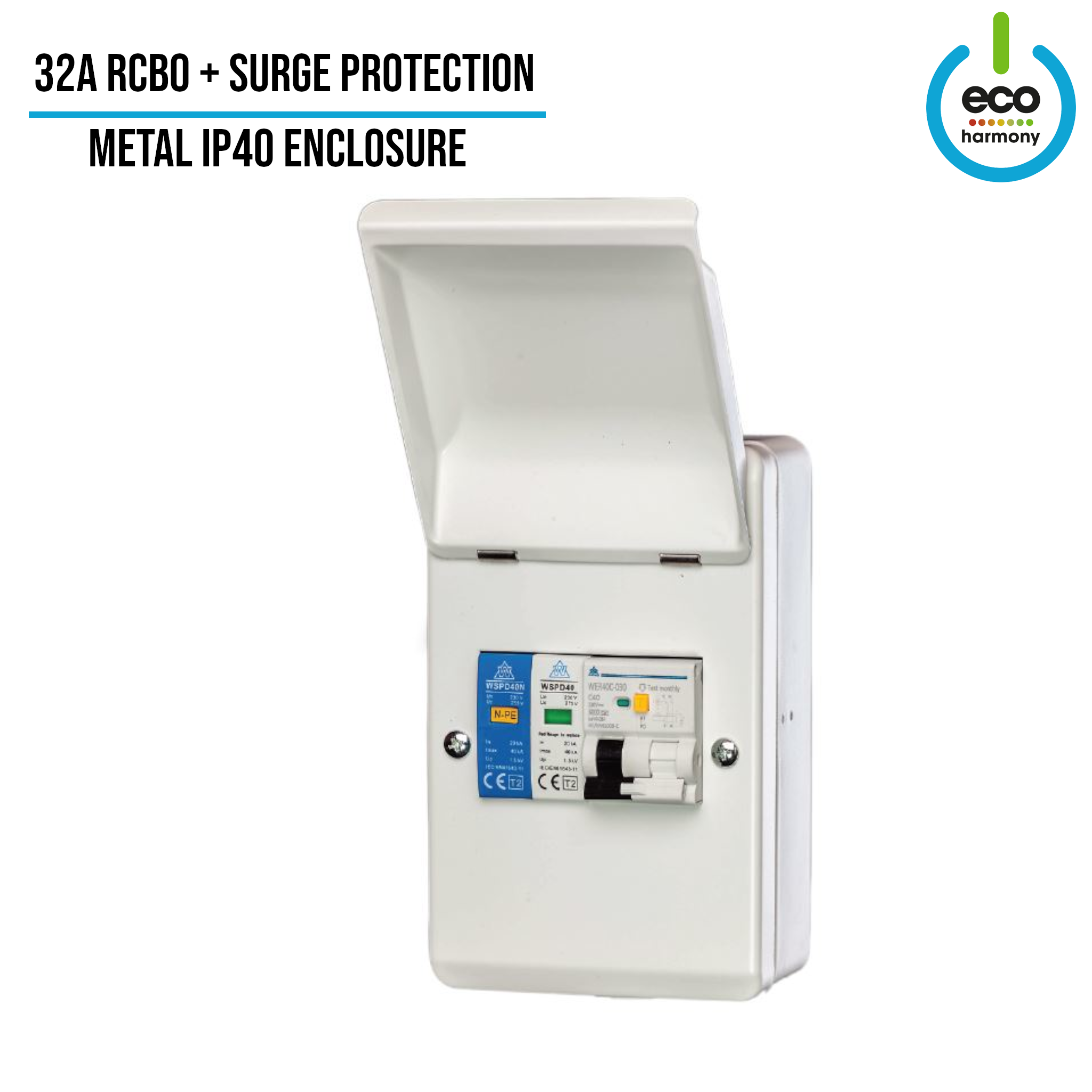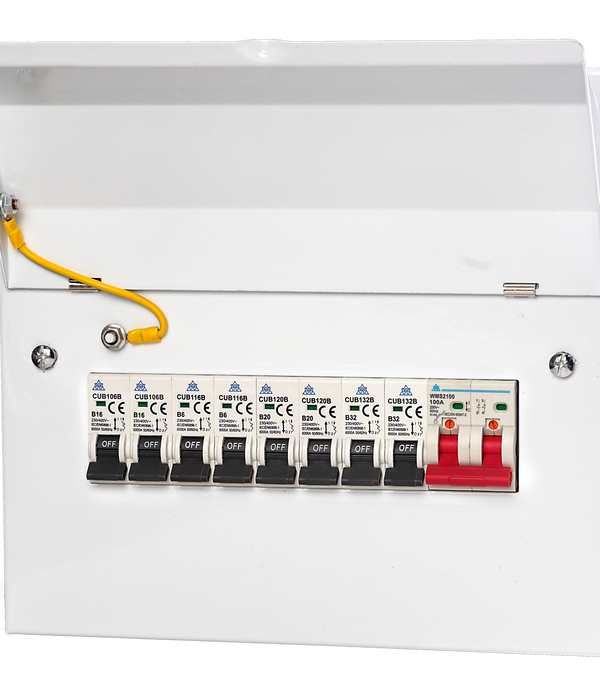A Comprehensive Guide to Keeping Your RCBO CONSUMER UNITS Properly
A Comprehensive Guide to Keeping Your RCBO CONSUMER UNITS Properly
Blog Article
The Role of Consumer Systems in Reliable Power Administration Solution
Customer devices are integral to efficient energy administration systems, offering as the key distribution factors for electric power within structures. The introduction of smart technologies has actually better enhanced their functionality, enabling for real-time data tracking and nuanced energy usage evaluation.
Comprehending Customer Devices

Understanding the role of customer devices begins with acknowledging their essential feature in securing electric systems. By isolating faults within details circuits, customer systems avoid widespread outages and possible fire dangers. This seclusion is accomplished via using breaker that trip or merges that blow when a mistake is found, thereby reducing off the electrical flow to the influenced circuit.
Additionally, consumer devices assist in the organized circulation of power, enhancing the effectiveness of energy use. They enable the methodical administration of electrical loads, which can be especially essential in commercial and commercial setups where need can vary dramatically. Effectively kept consumer units add to the longevity of electrical systems and help in lessening downtime created by electrical failures, eventually supporting the smooth procedure of energy-dependent facilities.
Smart Technologies Integration

A key benefit of smart consumer systems is their ability to take advantage of advanced formulas and artificial intelligence for predictive analytics. This enables preemptive changes based upon use patterns, weather projections, and other variables, substantially enhancing general efficiency. Smart consumer devices assist in demand action programs, where energy usage can be dynamically changed throughout optimal durations to support the grid and reduce expenses.
The assimilation of renewable resource sources, such as solar and wind, is also streamlined through wise customer devices. By wisely managing the intermittency of these sources, these devices guarantee a balanced and reliable energy supply. Additionally, wise customer units boost customer involvement by providing comprehensive insights and push-button control capabilities through mobile applications, fostering a more proactive approach to energy conservation and sustainability.
Monitoring Energy Usage
Structure on the capabilities of clever innovations assimilation, keeping track of energy intake ends up being a critical emphasis within power management systems. Effective tracking serves as the structure for recognizing energy ineffectiveness and carrying out corrective measures. By leveraging advanced metering facilities (AMI), real-time information on power use can be accumulated at granular degrees, offering valuable insights into intake patterns and peak demand durations. This data-centric approach enables both customers and energy supervisors to make enlightened decisions aimed at lowering waste and enhancing general efficiency.
Smart meters and Web of Points (IoT) devices play a pivotal function in this monitoring process. These tools can track energy usage in real-time, transferring information to central systems for evaluation.
The integration of these modern technologies not just encourages customers find this with thorough information about their power use yet additionally sustains utility carriers in handling lots distribution better. Eventually, precise and continuous tracking is crucial for accomplishing energy effectiveness, cost savings, and sustainability objectives within power management systems.
Optimizing Appliance Use

One reliable approach entails identifying height and off-peak hours to shift energy-intensive tasks, such as washing or dishwashing, to times when energy our website need is reduced. This not just lessens stress on the grid but also maximizes lower energy tariffs. Furthermore, integrating artificial intelligence formulas permits predictive upkeep, making certain devices run at ideal efficiency and prolonging their lifespan.
Energy management systems can additionally include user-specific choices and habits to customize home appliance use routines. Wise lights systems can change illumination based on tenancy and all-natural light availability, while Cooling and heating systems can preserve convenience degrees without extreme power usage.
Supporting Sustainability
Promoting sustainability within power management systems entails not only boosting effectiveness but additionally cultivating ecologically accountable methods. Customer units are indispensable to this process, as they supply real-time information and control mechanisms that allow customers to keep an eye on and lower their energy usage. By leveraging sophisticated technologies, customer systems can recognize energy-saving chances and assist in the assimilation of renewable resource resources like solar and wind power.
One essential aspect of promoting sustainability is informing customers on the advantages of accountable energy usage. Via detailed insights offered by customer systems, individuals can make informed decisions that reduce their carbon footprint. As an example, these devices can advise optimum times for running high-energy appliances based on grid demand and renewable resource availability, therefore lowering reliance on fossil fuels.
Moreover, consumer devices support the adoption of clever grid innovations, which boost the overall efficiency and integrity of power distribution. By allowing two-way communication between consumers and energy suppliers, these systems can dynamically get used to power demands, minimizing waste and promoting using sustainable energy techniques.
Verdict
Customer units, as essential elements of energy management systems, significantly enhance electric safety visit site and effectiveness within structures through circuit protection and wise innovation assimilation. Furthermore, the consolidation of eco-friendly energy resources advertises sustainable methods, contributing to reduced general power intake and lower carbon footprints.
Breakthroughs in clever technologies have changed the capacities of power monitoring systems, specifically with the assimilation of clever consumer systems.Building on the abilities of clever modern technologies assimilation, checking energy consumption ends up being an important focus within power administration systems.Efficient device usage optimization is an important part of energy administration systems, aiming to enhance performance and minimize unnecessary energy usage.Consumer units, as important components of energy administration systems, substantially improve electric safety and security and efficiency within buildings with circuit defense and wise innovation assimilation. In addition, the consolidation of renewable power sources advertises sustainable practices, contributing to minimized general power consumption and reduced carbon impacts.
Report this page